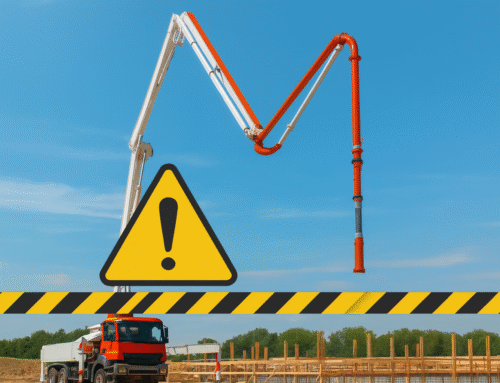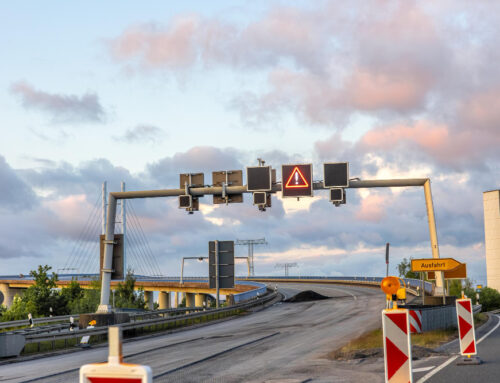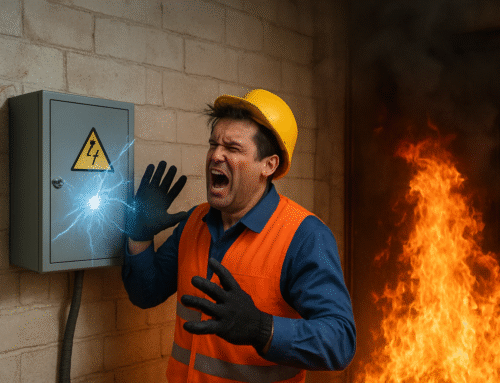The purpose of this information is to inform workers, employers and builders of the risk of operating forklifts.
In July 2019, a person was fatally crushed by a portable generator being unloaded from a truck by a forklift.
In a separate incident in May 2019, a worker was fatally crushed between a reversing forklift and a truck at a transport yard.
Investigations into both are continuing.
Preventing a similar incident
Forklifts are a practical material handling solution. As they must be manoeuvrable, they are designed to be compact, but when carrying loads they can become unstable. Forklift operators and pedestrians are at risk of serious crush injuries caused by falling loads and the forklift itself.
PCBUs must ensure the provision and maintenance of safe plant. Effective risk management starts with a commitment to health and safety from those who operate and manage the business or undertaking. Higher order risk controls include designing plant to be without risks to health and safety. An example would be the introduction of intelligent systems that made it impossible to start the forklift unless the seatbelt is fastened.
Managing work health and safety risks is an ongoing process.
Risk management involves four steps:
• Identify hazards – find out what could cause harm.
• Assess risks– understand the nature of the harm that could be caused by the hazard, how serious the harm could be and the likelihood of it happening.
• Control risks – implement the most effective control measure that is reasonably practicable in the circumstances.
• Review control measures to ensure they are working
Once the risks have been assessed the next step is to control risks associated with the plant. These control measures are ranked from the highest level of protection and reliability to the lowest and are known as the hierarchy of control. PCBUs must work through this hierarchy to choose the control that most effectively eliminates or, where that is not reasonably practicable, minimises risks.
The hierarchy of control measures are as follows:
- Elimination – removing the hazard or hazardous work practices associated with forklifts is the most effective way to control risks. If this control measure is not possible the next steps can be considered.
- Substitution – substitute the forklift with alternative plant that is safer. For example, consider replacing a forklift with different material handling equipment such as a conveyor system.
- Isolation – isolate pedestrians from forklifts by using safety barriers, containment fences, boom gates and even overhead walkways. Develop dedicated waiting areas onsite. Where possible, workers should not access loading/receiving areas when forklifts are operating. Creating dedicated waiting areas for truck drivers and exclusion zones to help prevent interactions between forklifts and pedestrians while unloading occurs.
- Engineering controls – modify forklifts. This can include a combination of audio (alarms and horns) and visual (flashing lights) warning devices. Proximity devices can trigger signals, boom gates and warning signs to warn pedestrians and operators. Speed limiting devices can also be fitted.
- Administrative controls – for example designing and implementing a traffic management plan, training workers and installing warning signs. Employers and supervisors should understand how loads and loading are being controlled, how to read load capacity data plates, as well as the capacity of the forklift and why not to exceed it. All forklift operators must hold a high-risk work licence or be an authorised trainee. Operators should be prevented from using a forklift in the vicinity of pedestrians and must ensure loads being lifted do not exceed the rated capacity of the forklift.
- Personal protective equipment – high-visibility or reflective clothing for pedestrians and employees operating forklifts, and high-visibility markings on forklifts
The control measures that you put in place should be reviewed regularly to make sure they work as planned.
Further information
Suncoast Safety specialises in Safe Work Method Statements (SWMS) for all types of Operating Plants.
Friendly Service, Free Quotes and Helpful Advice.
Contact us Today 0429 990 418 or (07) 5493 2961
Serving but limited to the Sunshine Coast, Brisbane, Gold Coast, Ipswich, Gympie, Maryborough, Hervey Bay, Bundaberg, Central Queensland & Far North Queensland
#suncoastsafety #safetyconsultant #riskmanagment#safetymanagementplan #environmentalsafetymanagementplan#siteinspection #toolboxtalks #safeworkmethodstatments #sunshinecoast #brisbane #goldcoast#ipswich #gympie #maryborough #bundaberg #centralqueensland#farnorthqueensland






